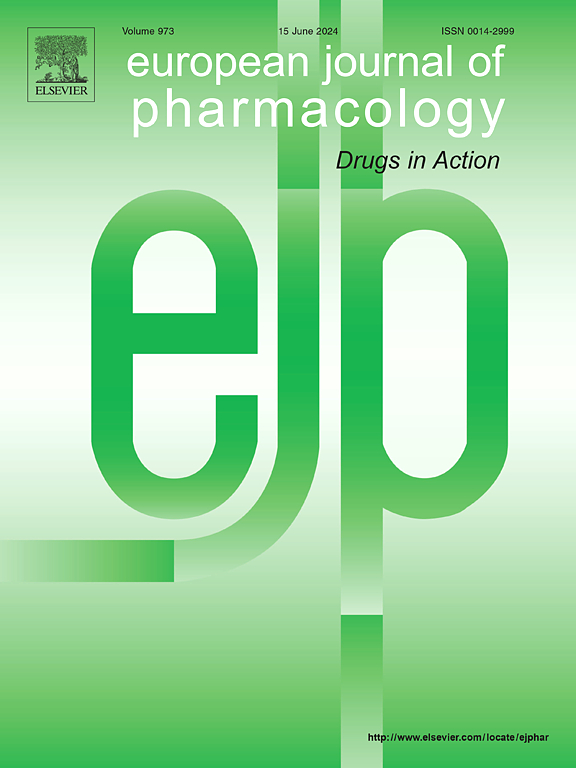长非编码 RNA 在啮齿动物脊髓损伤后运动功能恢复方面的潜力:系统综述和荟萃分析。
IF 4.2
3区 医学
Q1 PHARMACOLOGY & PHARMACY
引用次数: 0
摘要
目的:长非编码RNA(LncRNA)在临床前研究中因其治疗脊髓损伤(SCI)的潜力而备受关注。这项荟萃分析旨在评估lncRNA疗法在改善SCI啮齿动物模型运动功能方面的总体疗效:方法:检索了Embase、PubMed、Web of Science和Scopus数据库。使用 STATA 14.0 进行了 Meta 分析。采用标准化平均差(SMD)来合并各种运动功能评分:本综述共纳入 33 项研究。主要研究结果表明,与对照组相比,lncRNA治疗可明显增强SCI啮齿动物的运动功能(SMD= 4.20,95% CI:3.35至5.05,I2= 80.0%,P <0.0001)。此外,对于挫伤/挤压伤的雄性大鼠,靶向特定的富含细胞质的lncRNAs以下调其表达可能会显著改善运动功能的恢复。具体而言,在这项研究中,鞘内注射非病毒载体来传递lncRNA被证明是最有效的方法:结论:LncRNA疗法已证明有可能改善啮齿类动物SCI模型的运动功能。然而,疗效可能被高估了。未来的研究应严格评估lncRNA疗法的临床转化疗效和安全性。本文章由计算机程序翻译,如有差异,请以英文原文为准。
The potential of long non-coding RNAs for motor function recovery after spinal cord injury in rodents: A systematic review and meta-analysis
Objective
Long non-coding RNAs (LncRNAs) have garnered significant attention in preclinical studies for their potential in treating spinal cord injury (SCI). This meta-analysis aimed to assess the overall efficacy of lncRNA treatments in improving motor function in rodent models of SCI.
Methods
The Embase, PubMed, Web of Science, and Scopus databases were searched. Meta-analysis was performed using STATA 14.0. The standardized mean difference (SMD) was employed to combine various motor function scores.
Results
A total of 33 studies were included in this review. Key findings indicated that lncRNA treatments could markedly enhance locomotor function in rodents with SCI compared to control groups (SMD = 4.20, 95% CI: 3.35 to 5.05, I2 = 80.0%, P < 0.0001). Furthermore, in male rats with contusion/compression injuries, targeting specific cytosol-enriched lncRNAs to downregulate their expression may significantly improve motor function recovery. Specifically, intrathecal injection of non-viral vectors for lncRNA delivery proved to be the most effective method in this study.
Conclusions
LncRNA treatments have demonstrated the potential to improve motor function in rodent models with SCI. However, the therapeutic efficacy may be overestimated. Future research should rigorously assess the clinical translational efficacy and safety of lncRNA treatments.
求助全文
通过发布文献求助,成功后即可免费获取论文全文。
去求助
来源期刊
CiteScore
9.00
自引率
0.00%
发文量
572
审稿时长
34 days
期刊介绍:
The European Journal of Pharmacology publishes research papers covering all aspects of experimental pharmacology with focus on the mechanism of action of structurally identified compounds affecting biological systems.
The scope includes:
Behavioural pharmacology
Neuropharmacology and analgesia
Cardiovascular pharmacology
Pulmonary, gastrointestinal and urogenital pharmacology
Endocrine pharmacology
Immunopharmacology and inflammation
Molecular and cellular pharmacology
Regenerative pharmacology
Biologicals and biotherapeutics
Translational pharmacology
Nutriceutical pharmacology.

 求助内容:
求助内容: 应助结果提醒方式:
应助结果提醒方式:


